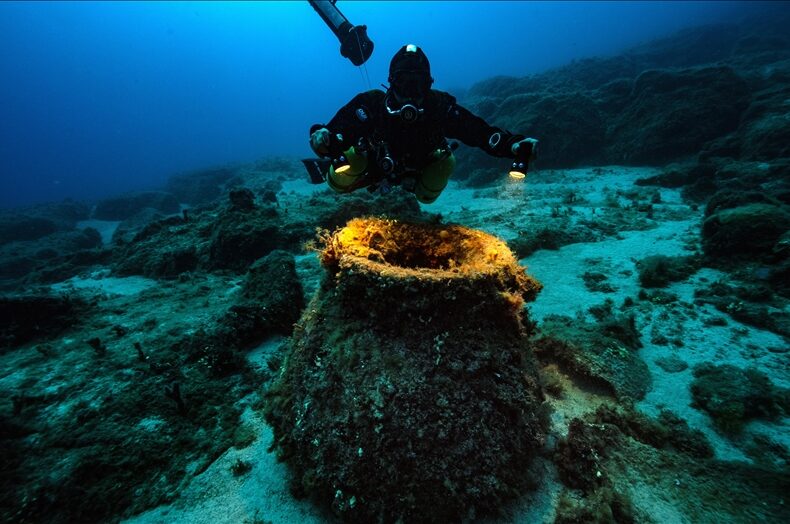
Shipwreck Discovered Near Türkiye’s Besmi Island Reveals Ancient Trade Secrets Beneath the Waves
Off the southern coast of Türkiye, the turquoise waters of Kaş have once again revealed a stunning archaeological treasure—this time in the form of a centuries-old shipwreck near Besmi Island, a historic waypoint on ancient maritime trade routes. Nestled between Türkiye’s Kaş district and Greece’s Kastellorizo (Meis) Island, Besmi Island has long attracted archaeologists and
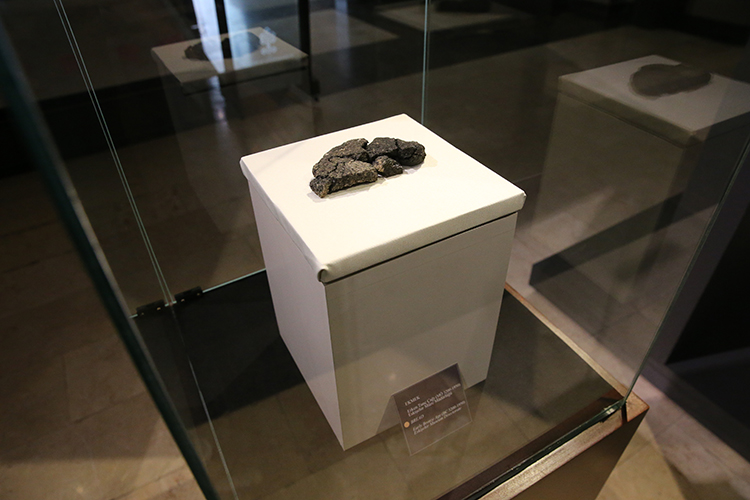
5,000-Year-Old Loaf of Bread Found in Küllüoba Mound Is on Display
A rare 5,000-year-old loaf of leavened and baked bread, discovered in the Küllüoba Mound located in central Türkiye’s Eskişehir province, is now on public display at the ETİ Archaeology Museum as part of the International Museum Day exhibition. The bread, unearthed during long-term archaeological excavations that have been ongoing since 1996, is considered the earliest
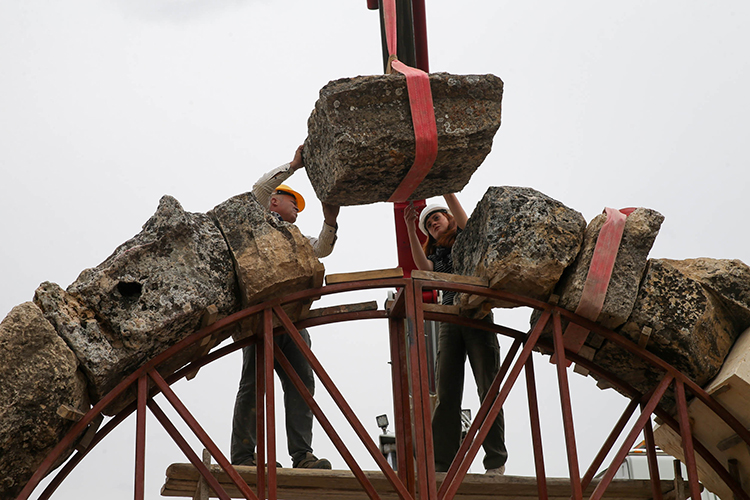
2,100-Year-Old Aqueducts Restored in Historic Blaundos City, Western Türkiye
In Western Türkiye, near the modern city of Uşak, the ancient Blaundos city has witnessed an important archaeological restoration. Eight aqueducts dating back over 2,000 years have been carefully uncovered and restored, shedding light on the sophisticated water management systems of the Hellenistic and early Roman periods. Blaundos, originally established as a military garrison by
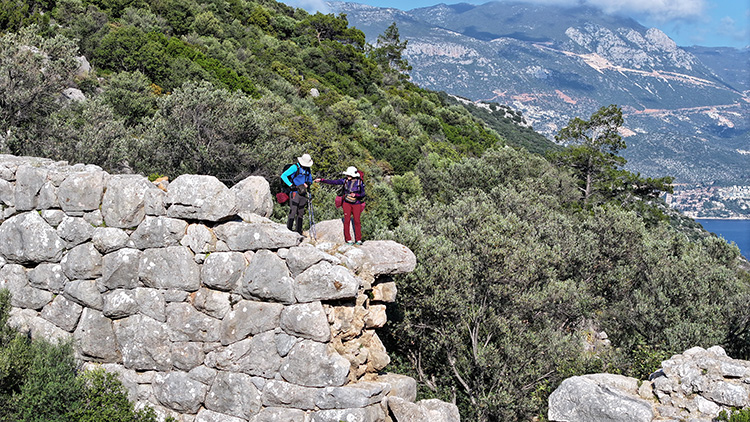
Delikkemer Aqueduct: An Ancient Engineering Marvel Leading to Patara
Located in the Kaş district of Antalya, Türkiye, the Delikkemer Aqueduct invites visitors on a breathtaking journey through history. Built during the Hellenistic period and extensively used throughout the Roman Empire, this remarkable 22-kilometer waterway once supplied the ancient city of Patara with fresh water. A Walk Through Time: From Mountains to the Sea The
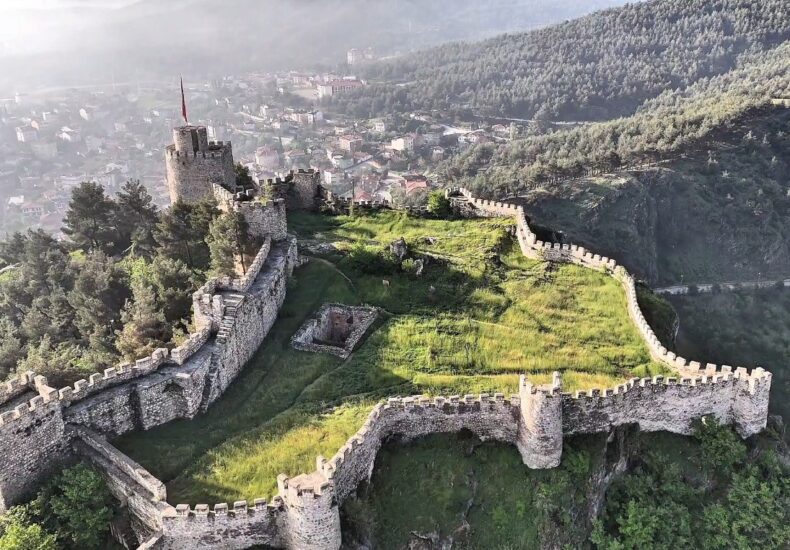
Boyabat Castle: 2,700 Years of Paphlagonian Legacy
Located at the northernmost edge of Türkiye, Sinop is a city not only known for its natural beauty but also for its deep-rooted historical heritage. One of the most striking remnants of this heritage is Boyabat Castle, an ancient stronghold built around 2,700 years ago by the Paphlagonians. Perched on a rugged cliff overlooking the
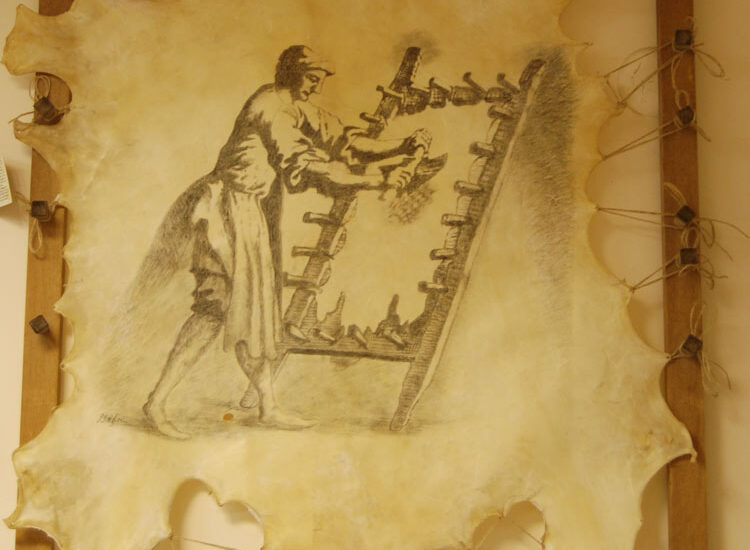
A 2200-Year-Old Legacy: The Pergamon Parchment Still Lives On Today
Pergamon is not only one of the ancient world’s great centers of science and culture—it’s also the birthplace of a unique invention that spread across the globe: parchment. Invented 2200 years ago, this craft has survived through the centuries and is still being kept alive today, thanks to devoted artisans like Meltem and Sinan Demirel.
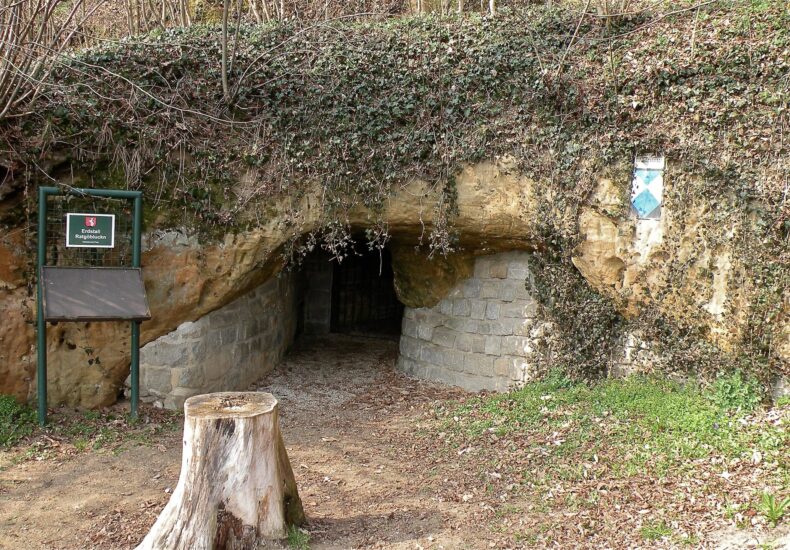
No Ancient Superhighway: Europe’s Erdstall and the Reality of the Scotland-Türkiye Tunnel
The internet continues to buzz with the fascinating concept of a vast, prehistoric tunnel network stretching from the Scottish Highlands across the European continent to Türkiye. This intriguing narrative, often shared on social media platforms like Instagram and Facebook, conjures images of a sprawling ancient world hidden beneath our feet. However, a closer examination of
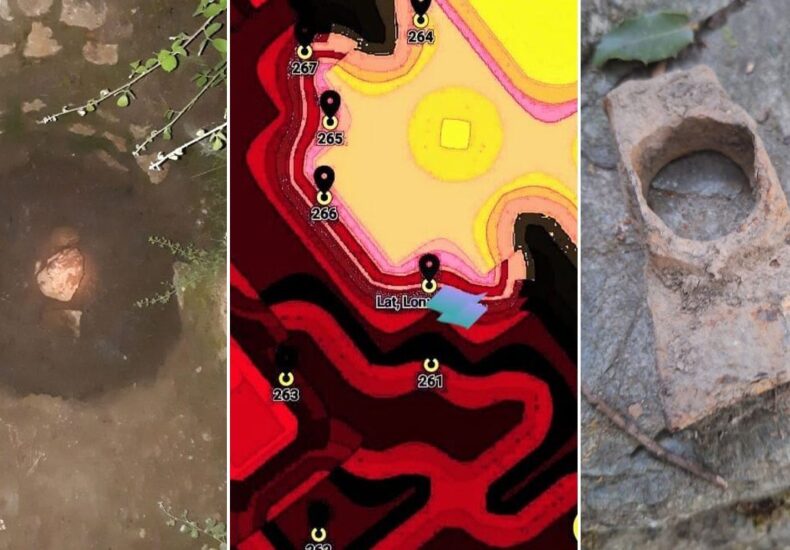
A treasure hunter claims to have located the site of the First Council of Nicaea, a pivotal event in Christian history
Mustafa Uysal, a treasure hunter in Bursa, has made a striking claim, announcing his discovery of an underground city in the Orhangazi district. According to Uysal, this discovery indicates that the First Council of Nicaea, a significant event in Christian history, was actually convened in this underground city, contrary to traditional historical understanding. Stating that

“Early Anatolian Gene” Discovered in Girmeler Mound in Western Türkiye
A groundbreaking discovery has been made during archaeological excavations at the Girmeler Mound Settlement in the Seydikemer district of Muğla. Ancient DNA analysis conducted on human skeletons unearthed at the site has revealed a genetic heritage referred to as the “early Anatolian gene.” This finding has the potential to fundamentally alter existing knowledge about the

2900-Year-Old Erzin Stele: A Key to Understanding the Hittite to Greek Mythological Transition
In a significant archaeological discovery, a basalt stele was unearthed in 1987 by O. Günay while plowing his field at the Yurtlak locality, located just a few kilometers west of Erzin in Hatay Province. This remarkable artifact, registered with inventory number 17183 at the Hatay Archaeology Museum, is broken in half but retains its historical
